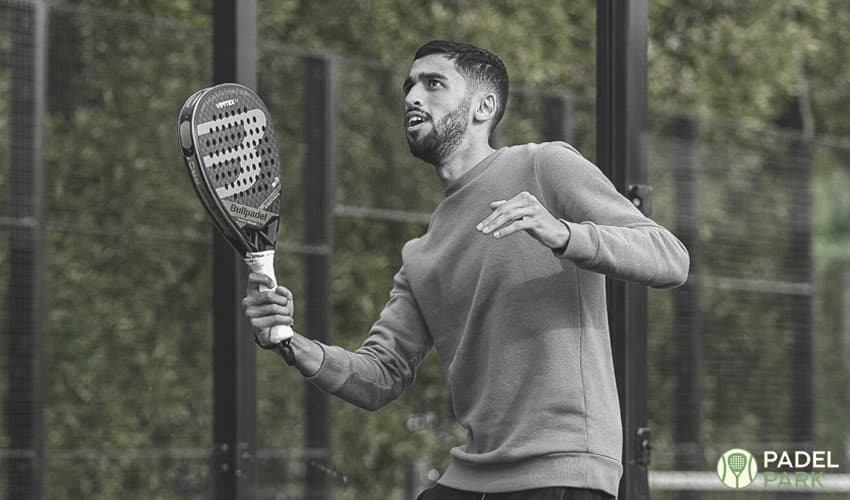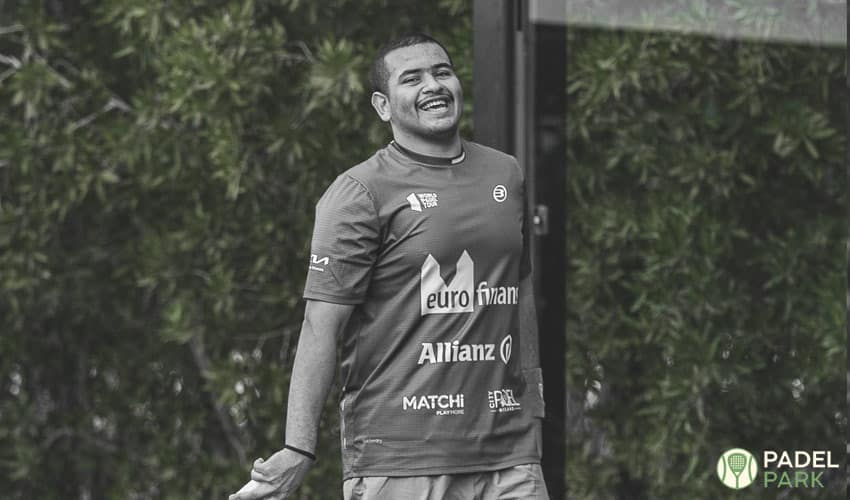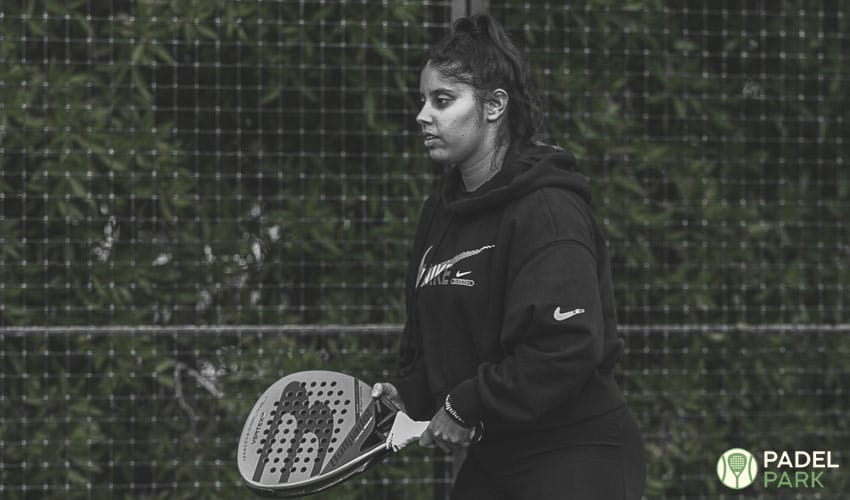Signs it’s time for a farewell: Your cue to change your padel racket
In the rhythmic dance of padel, the racket is the silent partner, gracefully orchestrating each move. However, as time waltzes on, every racket faces its final bow.
This section unravels the subtle signs, the quiet cues that speak of wear, tear, and the inevitability of a farewell to your trusted padel companion. From visible battle scars to the more elusive shifts in performance, recognizing these signs is pivotal in the journey of a player seeking the perfect harmony on the court.
Let’s explore the nuanced language your padel racket speaks, signaling when it’s time for a graceful exit.
- Cracks and structural damage
- Loss of tension
- Diminished sweet spot
- Reduced performance
- Outdated technology
Cracks and structural damage
The first whisper that your racket might be nearing its end is visible damage. Cracks, chips, or structural issues compromise the integrity of the racket, affecting both performance and safety.
Loss of tension
Tension loss in the strings is a natural occurrence, but when it becomes consistent and noticeable, it can hinder your game. If your racket’s strings are struggling to maintain tension, it might be time for a replacement.
Diminished sweet spot
The sweet spot is a padel player’s best friend, providing power and precision. As a racket ages, the sweet spot can diminish, impacting the overall feel and control during play.
Reduced performance
If you find yourself struggling with shots that were once second nature, it could be a sign that your padel racket has lost its performance edge. This includes a decrease in power, accuracy, or maneuverability.
Outdated technology
Padel racket technology evolves, introducing new materials and designs that enhance gameplay. If your racket is several years old, it might lack the advancements that could elevate your performance on the court.
Factors to consider before replacement of padel racket
Replacing a padel racket isn’t just a technical decision; it’s a nuanced interplay of personal style, financial considerations, and the evolving dynamics of your game.
This section delves into the factors that should shape your contemplation before bidding adieu to your trusted racket. From the frequency of your play to the intricacies of your skill level, each consideration plays a unique role in determining when the time is right for a new padel companion.
Let’s navigate the landscape of decisions, ensuring that the replacement aligns not only with the wear and tear of your racket but also with your unique journey on the court.
- Frequency of play
- Skill level
- Budget
- Personal preference
Frequency of play
Regular players might find their rackets wear out faster due to increased usage. Consider the frequency of your games when evaluating the lifespan of your padel racket.
Skill level
Higher skill levels demand more from a racket. Advanced players may notice performance issues sooner than beginners, as their nuanced techniques put greater stress on the racket.
Budget
Replacement timing can also be influenced by budget considerations. Assess your financial capacity and plan racket replacements accordingly.
Personal preference
Your evolving playing style or a desire to experiment with different racket characteristics may influence your decision to replace a racket, even if it is technically still functional.
Padel racket insights: An essential component of playing padel
In the realm of padel, the racket is an extension of the player—a partner in every forehand, backhand, and volley castillo hinchable grande. Recognizing when it’s time to part ways with your faithful companion is crucial for maintaining a competitive edge on the court.
Whether prompted by visible damage, diminished performance, or a desire for the latest technology, replacing your padel racket is a decision that should align with your playing style, frequency, and budget.
As you bid adieu to an old friend, you open the door to new possibilities and an enhanced padel experience that awaits with a fresh, responsive racket in hand.





